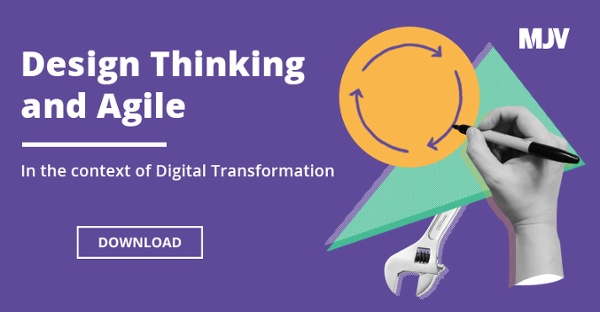Yes! A hackathon can change your company
When its context is fully understood and applied correctly, a universe of possibilities arises from the evolution of the brainstorming: the hackathon.
The marathon of knowledge, integration, performance, optimism and learning brought by this methodology is huge for the software development world.
Imagine the minds of marathon runners, even the traditional São Silvestre Marathon in Brazil or the Boston Marathon in the US. All the discipline, focus, concentration added to the runner’s chemical explosion, transforming their physical energy into oxygen and even strength to finish the race.
Take away the physical part of all this action, the muscle wear and the individuality of the race, and replace them with motivation, resilience, satisfaction, teamwork and action to complete the race, and replace it with a challenge that is intellectual, engaging, attuned with your own team and opposing teams.
That’s a Hackathon.
A brilliant competition designed to develop the best solutions to feed the innovation culture.
Propelling the corporate culture forward
With this force pushing the corporate culture, companies have chosen the programming marathon as a way to boost the development of new applications or solutions and to provide the change in attitude for the creative process.
Innovation is necessary, and knowing how to do it is a key piece in this puzzle. Therefore, executives are choosing this type of productive meeting as part of this change process, transforming the interpretation of the concept of innovation, opening up opportunities for new ways to solve old problems or create products that exceed expectations, creating value for the organization.
Developing products that are both, innovative and unexpected, better and more proactive than in the initial scope. This transforms the company, making it more agile and integrated, ready to deal with the challenges brought by the quest for results.
Big players in the areas of technology, communications and others are making use of large Hackathons as a problem solving tool, or in order to identify opportunities.
Obviously, the greater the number of guests, the greater the organizational effort before, during and after the event. The steps that need to be undertaken, however, are similar, with different dimensions. In this post you will get to know a little bit about what goes on behind the scenes.
Informality: an environment open to the new
There are some main points that must be defined right away. Others, on the other hand, can wait until the day of the Hackathon itself.
No matter how much of a planner you or your company are, it is very important to keep the mood informal, so that paths may be redrawn throughout the event to solve the issues that come up and profit as much as possible from the event’s capacity to innovate.
Don’t plan the organization of a Hackathon as if it were a rocket launch. The planning of the minutia does not need to be so extreme. Quite the opposite, in fact. There should be some forethought, but it is important that it comes combined with a large capacity to deal with the unexpected and keep things informal.
Be prepared.
Organize weddings, not rocket launches! Improvise
Weddings are generally planned to the extreme, however wedding planners know that things won’t always go as planned, and they prepare for that, which enables them to keep focused so that the event takes place on the scheduled date and the end goal is achieved.
Even with so much forethought, it isn’t possible to know whether or not it will rain on the special day. Shrimp canapés might be delivered instead of salmon; violins might turn out to be violas. However, the show must go on and the bride must feel blessed. Talk about creativity and being able to think on your feet!
Defining the objective of the Hackathon
It is useful to consider, at the very beginning, which are the objectives to be reached. You can aim to:
- Identify, in universities, students with good potential;
- Improve the image of your company with regards to entrepreneurs and software developers;
- Take the first steps into the world of Hackathons, train workers, work towards changing internal cultures, or identify new solutions to a difficult problem.
Whichever your goal is, the important thing is to define, in general terms, what is expected. This will guide quite a few things, including how you market the event and the profile of the people who will take part in it.
This being the case, try to get a consensus between all parties involved in the matter.
Defining the basic rules
Set aside a time to define some useful rules that should be followed by all participants of the Hackathon. We suggest the following:
Event dates
A common practice is for Hackathons to last two days and take place over the weekend, beginning on Saturday and ending on Sunday. However, there are different formats that also work well.
Times
Not all Hackathons go on until dawn. If this is the premise of your event, you need to think about providing participants with a place to rest and eat during the night. Also, decide if infrastructure, like sleeping bags, will be provided, or if participants should be advised to bring their own.
Food
Organizers may or may not choose to provide food. Pizzas and sodas are always welcome.
We suggest offering a coffee-break for the early mornings and afternoons. Having it served at the event site itself usually works better than having it in another room.
Resources provided
Dedicate special effort into identifying clearly which resources should be provided to participants so that the activities may take place without greater problems.
More to think about
A hackathon needs more than physical space and available resources. A lot more goes into ensuring a good pace and to get the creative juices flowing. You will need a staff of well prepared mentors, memorabilia, and planning of final presentations.
Back
